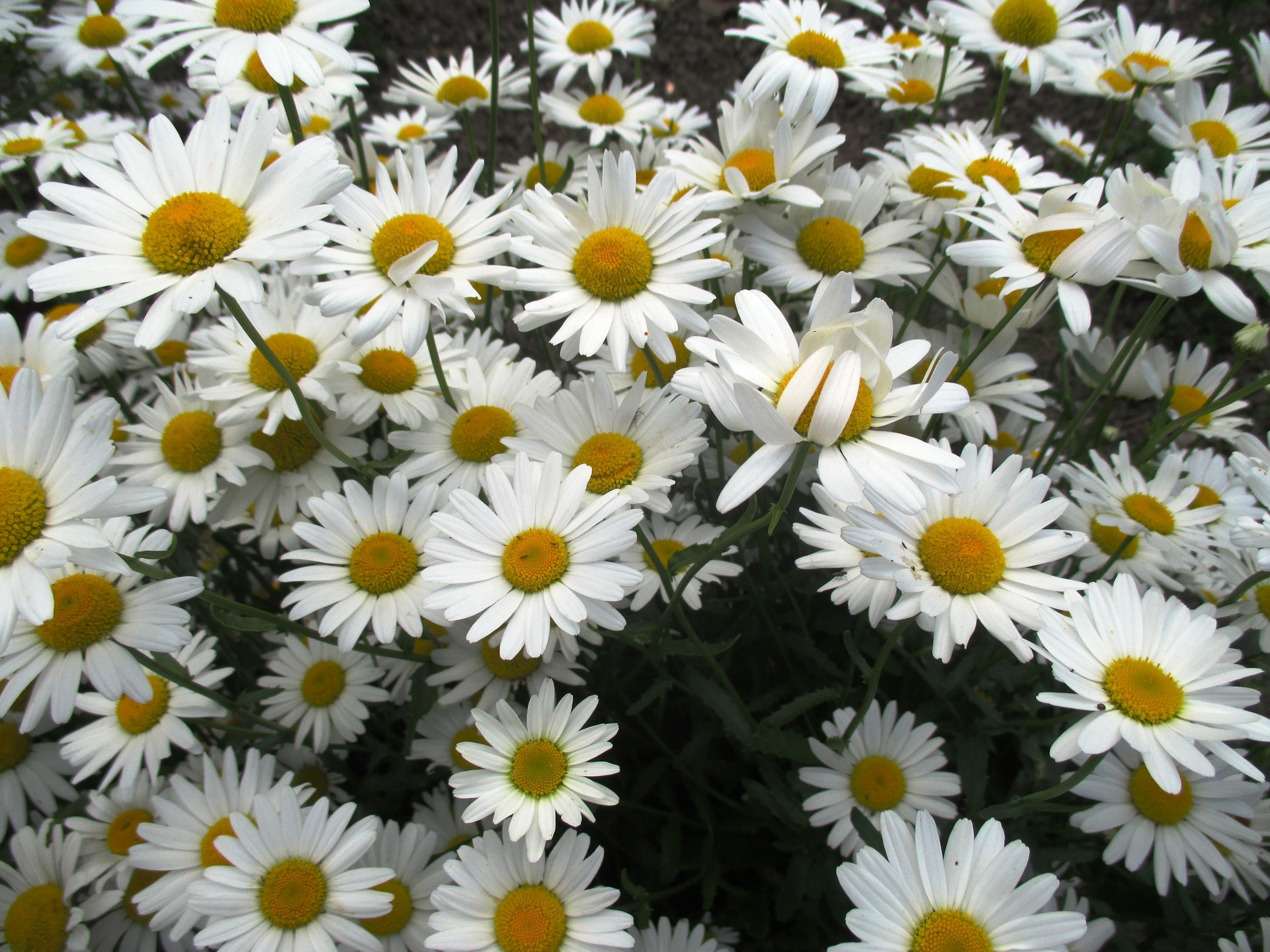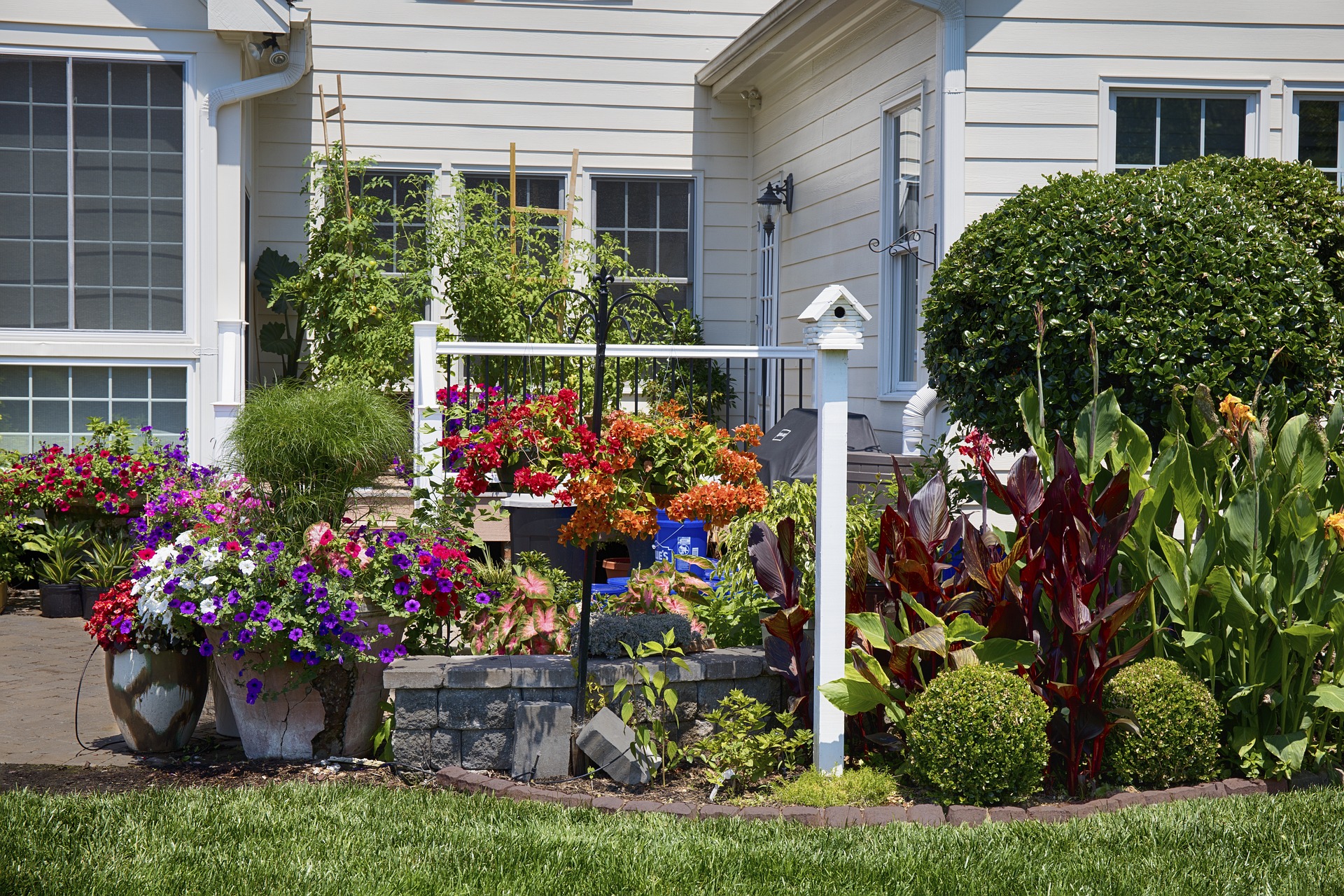Very few plants beat Azaleas when it comes to floral display. In sites that require massive floral displays like hedges, steps and large architectural features, azalea plants are embraced, due to their ability to add a soft touch to such sturdy features. To add on that, as many Azaleas are deciduous, they add so much color and beauty to a site during fall, when their leaves turn to multiple colors including bronze, gold, orange, scarlet red and burgundy.
About Azaleas
Azaleas are deciduous and evergreen shrubs belonging to the heath family, Eriaceae and genus Rhododendron.
They vary from small plants to trees, growing to more than 50ft and producing funnel-shaped, often fragrant flowers in shades of pink, orange, red, white and yellow.
The word Azalea is derived from the greek word Azaleos, meaning “dry.”
| Scientific name | Rhododendron spp |
| Common name | Azalea |
| Family | Eriaceae |
| Plant type | Deciduous or evergreen shrub |
| Mature plant size | 2-6ft high |
| Soil pH | 4.5-6.5 |
| Light/Sun exposure | Full sun, light shade |
| Hardiness zones | USDA zones 5 to 9 |
| Time to maturity | 4-7 years |
| Bloom time | Anytime from February to September |
| Leaf color | Green, bronze, gold, orange, scarlet red, burgundy; leaf color changes according to season |
| Flower color | Pink, orange, red, white and yellow |
| Native area | Asia, North America, Europe |
Some Azalea varieties to grow
Everest produces white flowers.
Golden lights produces yellow, fragrant flowers.
Lilac lights produces deep lilac flowers.
Orchid lights produces orchid-purple flowers.
Gibraltar produces vivid orange flowers.
Red sunset produces solid red flowers.
Tangerine delight produces bright orange, intensely fragrant flowers.
Site selection
Select an area that receives full sunlight or moderate shade; however, alternating sunshine and shade is ideal, with protection from strong winds.
Azaleas become spindly and bloom less when planted under dense shade. They flourish in rich, well-drained soils with acidic pH (4.5-6.5).
Soil preparation
Soil should be prepared 2 to 3 weeks in advance before planting. Prepare your garden or container where you intend to grow your azaleas by adding a layer of organic manure, preferably peat moss, animal dung or old dry leaves to add nutrients and improve acidity and water holding capacity of the soil.
Planting Azaleas
Dig holes that are larger and slightly deeper than the rootzone of the young plants. Space the holes 2 to 3 ft. apart.
Ensure that the soil surrounding the roots is smooth to ensure easy root penetration of the young plant.
Put the plants into the holes and cover remaining spaces with soil.
Thoroughly soak the soil with water in order to bring the roots and soil together.
Spacing
Most azaleas need 4 to 6 ft. of space per plant when they mature. You can plant azaleas 2 -4 ft. apart when they are still young, then after 3 to 4 years, remove some plants and plant them in another area when they start crowding, so that remaining plants have space for enlargement.
Continual care for Azaleas
Mulching: After planting and the young plants are set, mulch them immediately with dry leaves, pine needles or other appropriate mulching material to retain moisture, prevent weed growth and add additional manure to the soil when they rot.
Weeding: Hand-pick weeds from the ground to enable optimum azalea growth . Do not dig using a hoe or some other machine because this may damage the roots, as they grow near to the soil surface. However, a heavy layer of mulch will disable growth of most weeds.
Fertilizing: Fertilize the soil if plants are starting to grow in an undesirable way, showing yellow leaves and stunted growth. Instead of artificial fertilizer, you can add a layer of organic manure to the soil after the first season for replenishment.

Watering: It is essential for the plants to be hydrated especially during the first 1 to 2 years of growth, after which they can thrive on normal rainfall. Water the plants especially during dry seasons.
Pruning: The need for pruning always depends on the desired outcome of the plants’ owner. It could be size reduction, need to attain certain shape or form or simply to remove dead branches.
For a bushier look, prune the growing twigs to half their size to encourage growth of more branches.
Pests and diseases
Common pests attacking azaleas include the azalea lace bug and spider mites.
They can be controlled by applying appropriate insecticides from your local farm store.
Leaf scorch: Leaves develop yellow spots with brown centers an dred borders
Control: Apply zineb as directed on package.
Petal blight: Limpy petals that are spotted, flowers fall off.
Control: Spray with zineb, as directed on package.
Toxicity of Azaleas
Azaleas may be beautiful flowers, but are also highly toxic. They contain andromedotoxins in both their leaves and flowers.
In some parts of Turkey, bees are deliberately fed on azalea nectar to produce a medicinal but toxic honey called mad honey.
Symptoms of poisoning in animals and humans may vary. They include lethargy, abnormal heart rhythm, vomiting, diarrhea and others.




